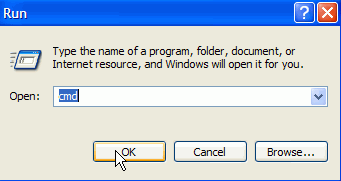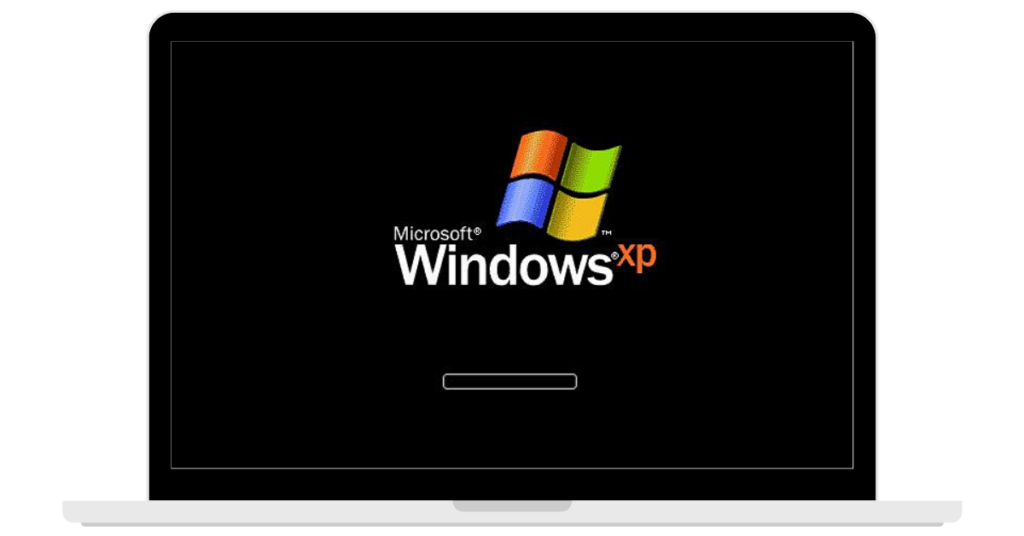

First, go to Start > Power and check if the Hibernate option is available. To turn on Fast Startup, you must have Hibernate feature enabled on your computer. To learn more, read our explainer on how Fast Startup works and why you should disable it. Another reason is the missing dual boot option because of the disabled delayed start function. For example, according to Microsoft, you may face difficulties installing Windows updates on Fast Startup-enabled systems. That said, Fast Startup is not without its shortcomings. So, instead of loading everything from scratch, Windows loads data from the Hiberfil.sys into memory when you restart your computer, significantly reducing the boot time. However, unlike hibernation, it logs off all the user sessions and writes the remaining boot information to the hiberfile. It begins with the shutdown process by writing data to disk, similar to the hibernate process. With the release of Windows 8, Microsoft updated and renamed the default shutdown scenario as Fast Startup. Why Should You Enable or Disable Fast Startup? If you want to turn on or off Fast Startup in Windows 11 manually, this guide will show you how. Hibernate capable Windows 11 systems come with Fast Startup enabled by default. At boot, Windows XP compares the BIOS with the SLP.

You dont need to talk to Microsoft to activate your copy of Windows XP. A side effect is that it increases annoyance of legitimate software users. Microsoft implemented it to prevent software piracy.

As the name suggests, Fast Startup allows your computer to start up faster after a shutdown. Windows XP product activation (WPA) is a controversial new feature of Windows XP. Windows 11 has kept many of the useful features from its predecessor, including Fast Startup.


 0 kommentar(er)
0 kommentar(er)
